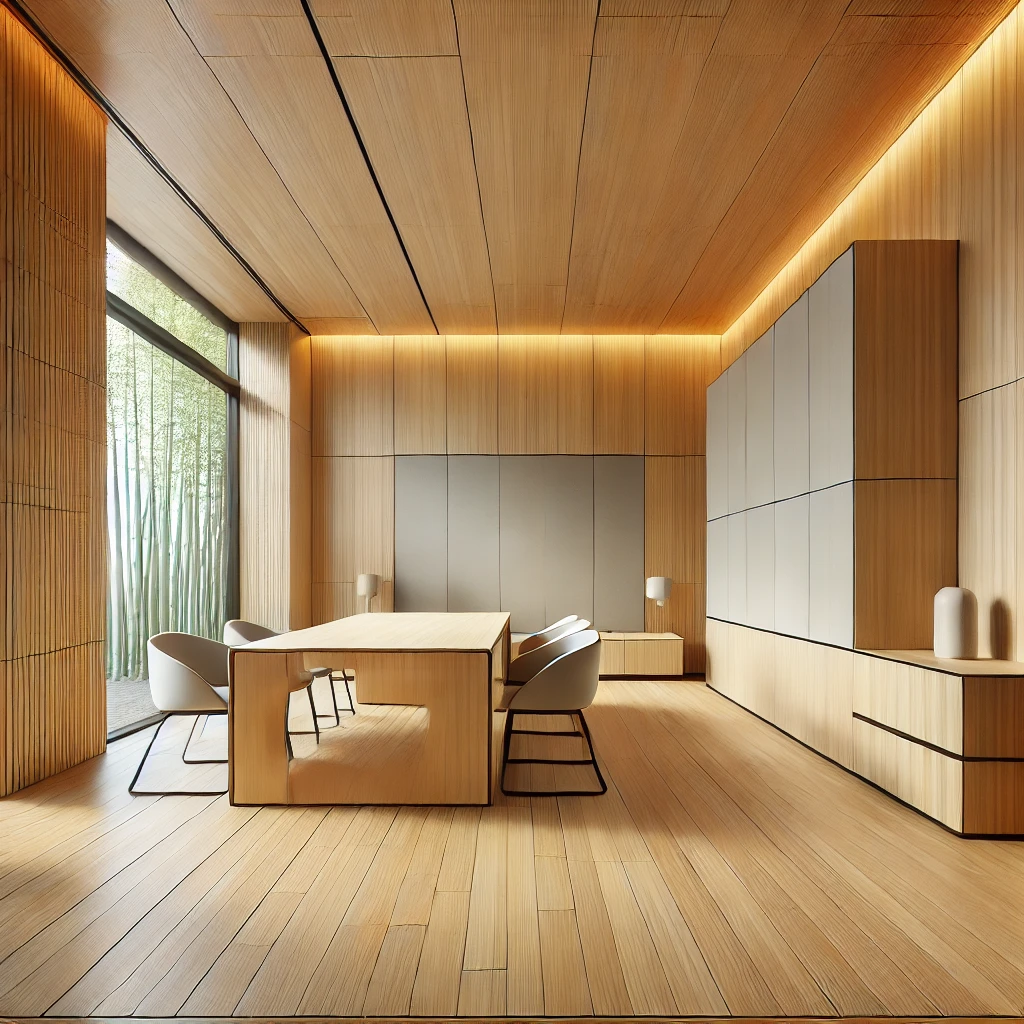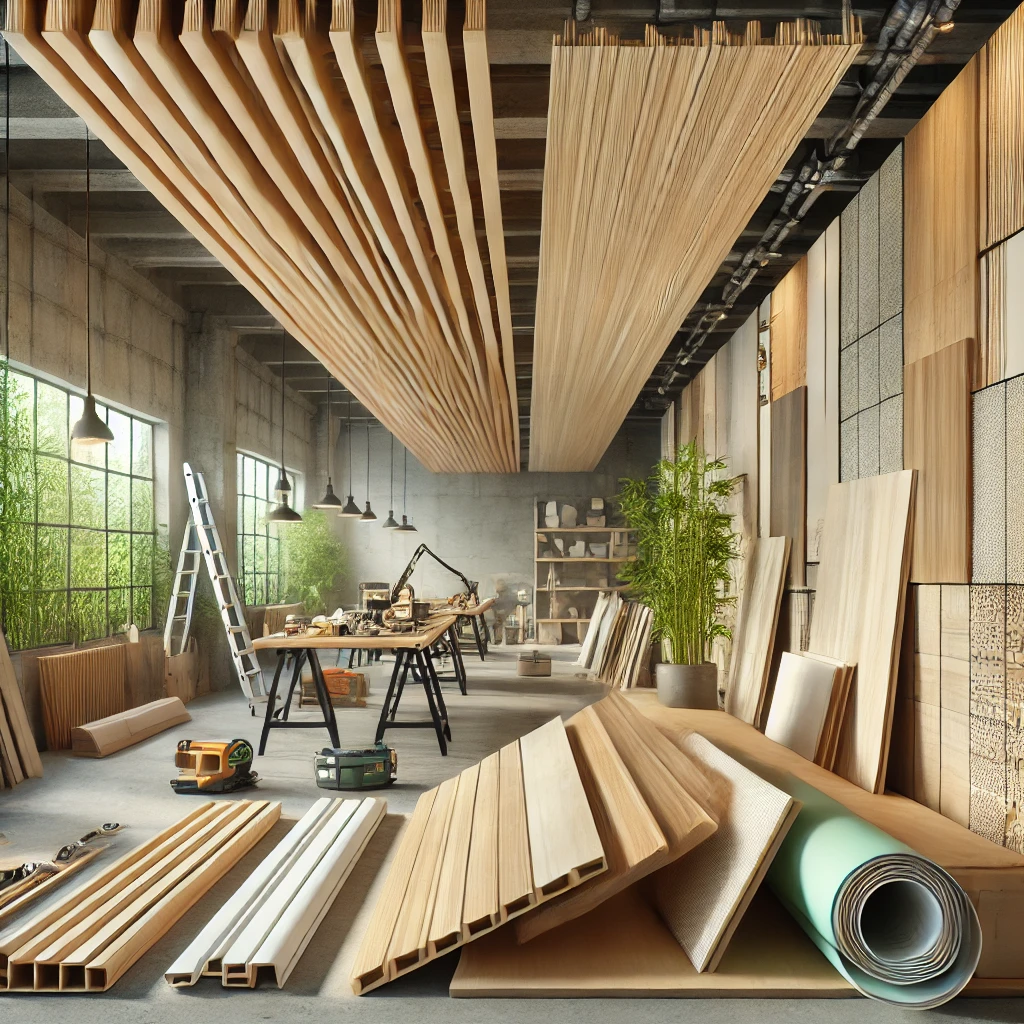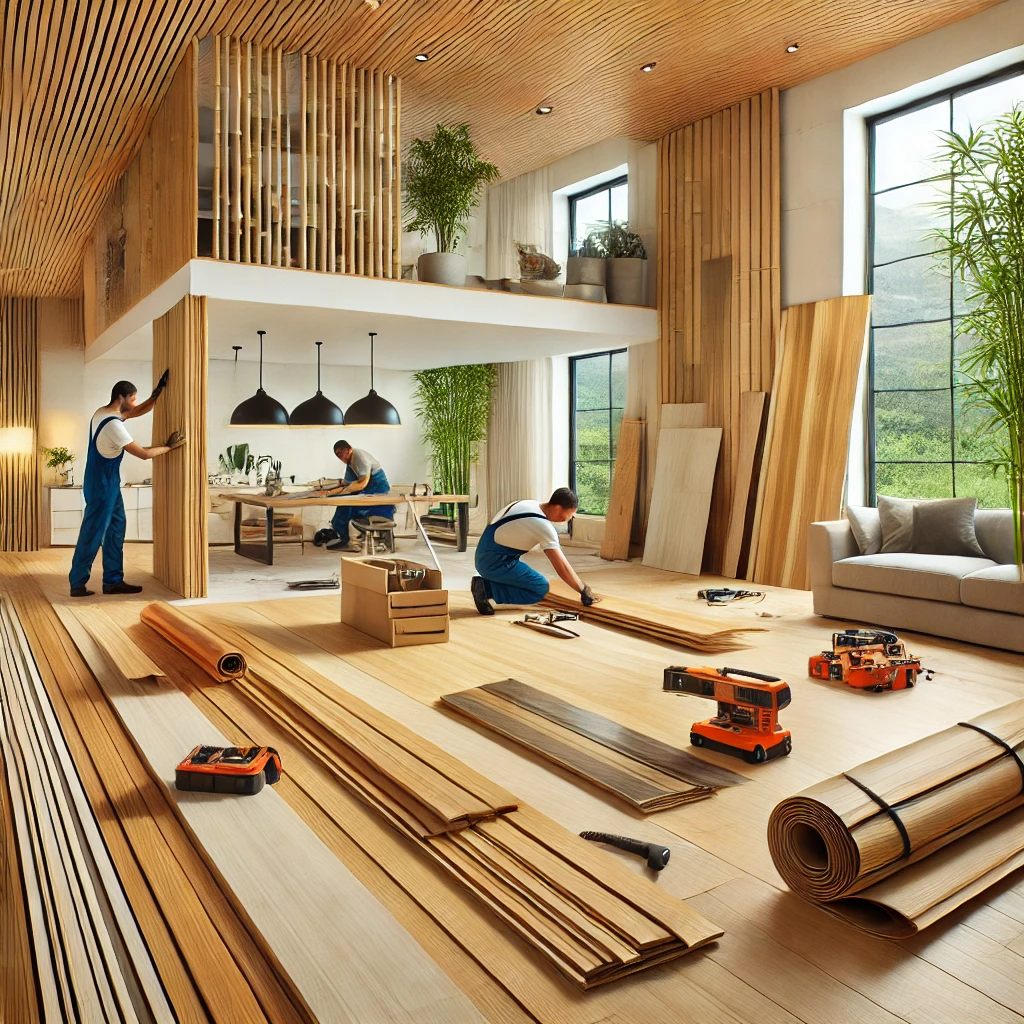As environmental awareness continues to grow, more people are recognizing the need to incorporate sustainability into their everyday lives. One area where this shift is particularly noticeable is in home and office renovations. Whether you’re a homeowner looking to reduce your carbon footprint or a business aiming to create a healthier work environment, choosing eco-friendly building materials is a critical step. Sustainable renovations not only benefit the environment but also offer long-term economic and health advantages.
In this blog post, we’ll explore how you can upgrade your home or office using eco-friendly building materials. We’ll discuss the types of sustainable materials available, including bamboo lumber, thermally fused laminate (TFL), PVC, and responsibly sourced wood. Additionally, we’ll provide tips on selecting the right materials for your project and outline the benefits of each option to help you make informed decisions for your next renovation.
Understanding Sustainable Building Materials

Sustainable building materials are those that have a minimal impact on the environment throughout their lifecycle—from production to disposal. These materials are sourced and manufactured in ways that conserve resources, reduce waste, and minimize energy consumption. The use of sustainable materials in construction and renovation projects is essential in the fight against climate change, as it helps reduce the overall carbon footprint of buildings and promotes a more sustainable future.
Key characteristics of eco-friendly materials include renewability, durability, low toxicity, and recyclability. Renewability refers to the material’s ability to replenish naturally over time, such as bamboo, which has a rapid growth cycle. Durability ensures that materials last longer, reducing the need for frequent replacements. Low toxicity is important for maintaining healthy indoor air quality, while recyclability allows materials to be reused or repurposed at the end of their life cycle. Certifications like LEED (Leadership in Energy and Environmental Design) help consumers identify materials that meet high sustainability standards.
Types of Sustainable Building Materials
Laminated Bamboo Lumber

Bamboo is one of the most sustainable building materials available today due to its incredibly fast growth rate—up to 35 inches per day in ideal conditions. Laminated bamboo lumber is created by bonding layers of bamboo together to form a strong, durable material that rivals traditional hardwoods in terms of strength and resilience. This makes it an excellent choice for flooring, cabinetry, furniture, and even structural elements in both residential and commercial buildings. Bamboo’s natural resistance to moisture and pests further enhances its appeal as a sustainable alternative to conventional wood.
Home Upgrades
Use laminated bamboo lumber for flooring that is not only beautiful but also highly durable and resistant to wear and tear. It’s also ideal for kitchen countertops or cabinetry, offering a sleek, modern look that’s easy to maintain.
Office Upgrades
Consider bamboo for office furniture such as desks and shelving units. Its strength and light weight make it perfect for creating stylish yet sturdy office environments. Bamboo’s natural aesthetic also contributes to a calming, productive workspace.
Thermally Fused Laminate (TFL)
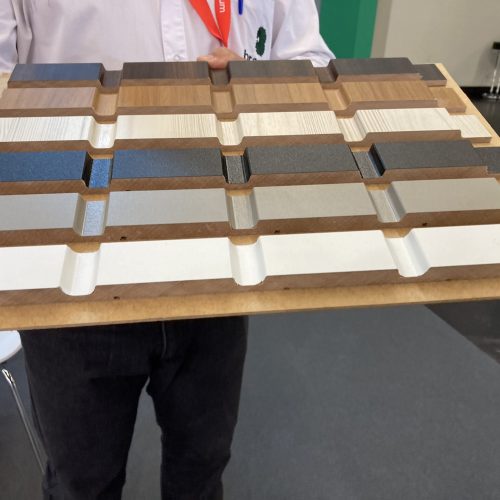
Thermally fused laminate is an eco-friendly material produced by fusing a decorative paper layer onto a substrate, typically made from recycled wood fibers, using heat and pressure. The result is a durable, low-maintenance surface that mimics the look of wood or other natural materials without the need for harmful adhesives or finishes. TFL offers versatility in upgrading both residential and commercial spaces.
Home Upgrades
TFL is perfect for kitchen and bathroom countertops, providing a moisture-resistant surface that’s easy to clean and maintain. It can also be used in custom-built closets or shelving, offering a cost-effective way to achieve a high-end look.
Office Upgrades
In office settings, TFL can be used for durable, stylish desktops and workstations. It’s also a great choice for wall panels that add texture and visual interest to meeting rooms or reception areas, enhancing the overall design without sacrificing sustainability.
Polyvinyl Chloride (PVC)

PVC, or polyvinyl chloride, is a versatile material used in various construction applications, excluding piping. Modern PVC products, such as sheets, boards, trim, and moulding, are increasingly made with recycled content and are themselves recyclable, contributing to a circular economy. PVC is highly resistant to moisture, rot, and insects, making it an ideal choice for both interior and exterior upgrades.
Home Upgrades
Use PVC boards and trim for exterior applications like siding, window frames, and decorative mouldings. Its resistance to the elements ensures that your home remains protected and attractive with minimal maintenance. Indoors, PVC is excellent for bathroom panelling or creating custom, moisture-resistant shelving in areas like the laundry room.
Office Upgrades
In the office, PVC sheets can be used to create durable, easy-to-clean partitions or wall panels. Its versatility also makes it suitable for custom signage and trim work, adding both functionality and aesthetic appeal to professional spaces.
Wood
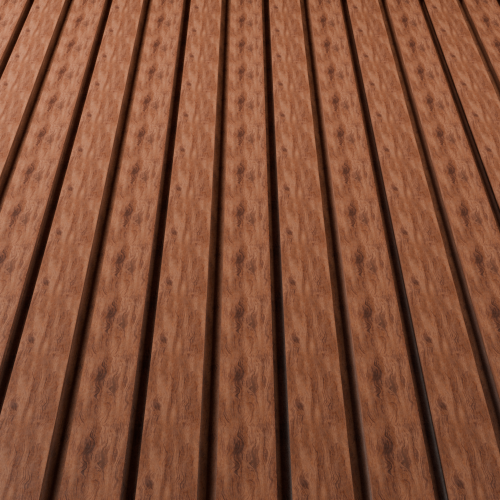
Wood remains a popular building material, but its sustainability depends largely on how it is sourced. Responsibly sourced wood comes from forests managed under strict environmental standards, ensuring that the harvesting process does not lead to deforestation or loss of biodiversity. Certifications like FSC (Forest Stewardship Council) and PEFC (Programme for the Endorsement of Forest Certification) guarantee that the wood you use in your renovation is sustainably harvested.
Home Upgrades
Responsibly sourced wood can be used for a wide range of applications, from structural framing to elegant flooring. It’s also an excellent choice for custom-built furniture or cabinetry, where the natural grain and warmth of wood can enhance the aesthetics of any room.
Office Upgrades
In office environments, consider using responsibly sourced wood for conference tables, wall cladding, or executive desks. The use of sustainably harvested wood not only adds a touch of luxury but also demonstrates a commitment to environmental responsibility, which can be a strong selling point for clients and employees alike.
Benefits of Using Sustainable Materials
Environmental Benefits
Choosing sustainable materials for your renovation projects significantly reduces the environmental impact of construction activities. By opting for materials like bamboo, TFL, and responsibly sourced wood, you help conserve natural resources, reduce deforestation, and lower greenhouse gas emissions. Additionally, materials that improve insulation or reduce energy consumption contribute to energy efficiency, further reducing the environmental footprint of your building.
Health Benefits
Eco-friendly materials often have lower levels of VOCs (Volatile Organic Compounds), which are harmful chemicals that can off-gas from traditional building materials and negatively impact indoor air quality. Using materials with low or no VOCs, such as TFL and bamboo, helps create healthier indoor environments, reducing the risk of respiratory issues, allergies, and long-term exposure to toxins.
Economic Benefits
While sustainable materials may sometimes have a higher upfront cost, they often provide significant long-term savings. Their durability and low maintenance requirements mean fewer replacements and repairs over time. Additionally, buildings constructed or renovated with eco-friendly materials are often more energy-efficient, leading to reduced utility bills. Sustainable buildings also tend to have higher property values and greater appeal to eco-conscious buyers, making them a wise investment.
Tips for Selecting Sustainable Materials
Assessing Your Project Needs
Before choosing materials, it’s important to evaluate the specific needs of your renovation project. Consider the function of the space, your budget, and the desired aesthetic. For instance, if you’re renovating a high-traffic area like a kitchen or office, you may prioritize durable, easy-to-clean materials like TFL. Understanding your project’s unique requirements will help you select materials that balance sustainability with practicality and cost-effectiveness.
Researching Material Options
Take the time to research and compare different materials to ensure you’re making informed decisions. Look for suppliers with strong environmental commitments and transparent sourcing practices. Certifications such as LEED, FSC, and PEFC are reliable indicators of a material’s sustainability. Don’t hesitate to ask suppliers about the environmental impact of their products, including the energy used in production and the materials’ recyclability.
Working with Contractors and Suppliers
Selecting the right contractor is crucial for a successful sustainable renovation. Look for contractors who have experience with eco-friendly construction practices and are knowledgeable about the latest sustainable materials. Clear communication with your contractor and suppliers is key to ensuring that the materials you select meet your sustainability criteria. Be sure to discuss your goals for the project and ask for their input on the best materials to achieve those goals.
Conclusion
Choosing sustainable building materials for your home or office renovation is a smart decision that benefits not only the environment but also your health and finances. By opting for materials like bamboo lumber, TFL, PVC, and responsibly sourced wood, you can create beautiful, durable, and eco-friendly spaces that stand the test of time. At Coastal Custom Products, we’re committed to providing high-quality, sustainable building materials that help you achieve your renovation goals while reducing your environmental impact. Contact us today to learn more about how we can support your next project.

